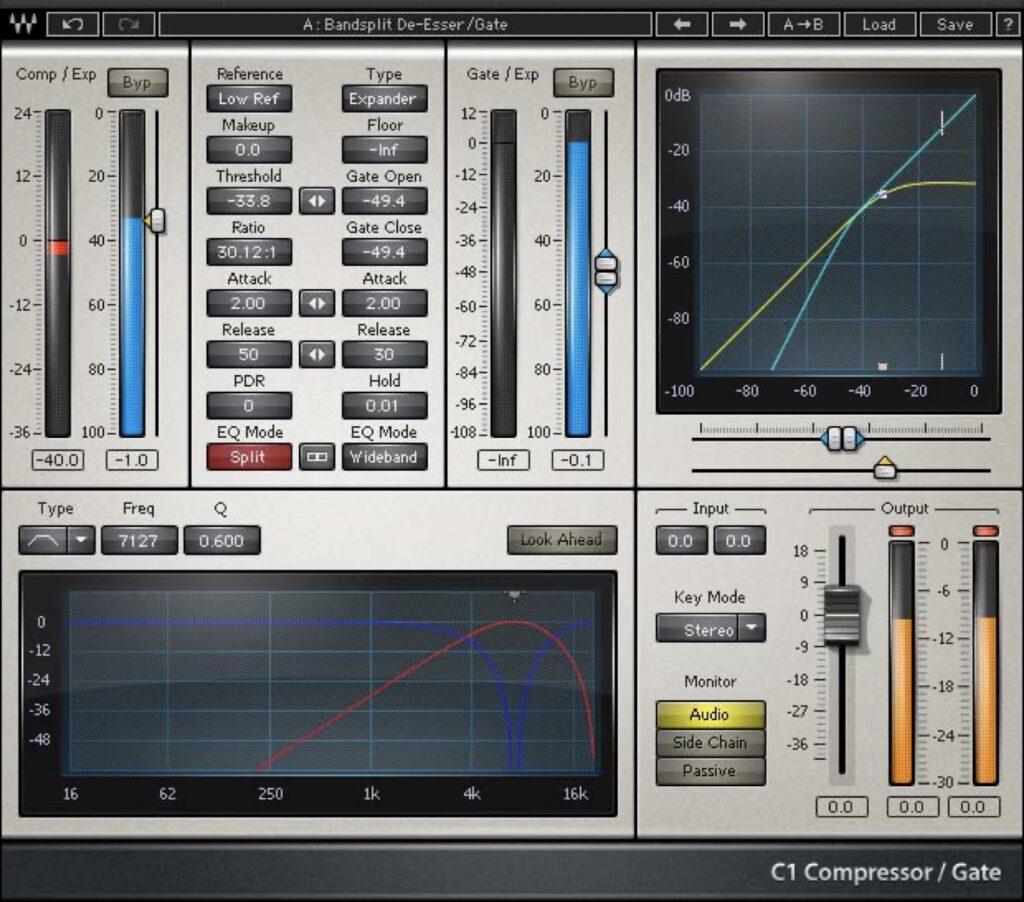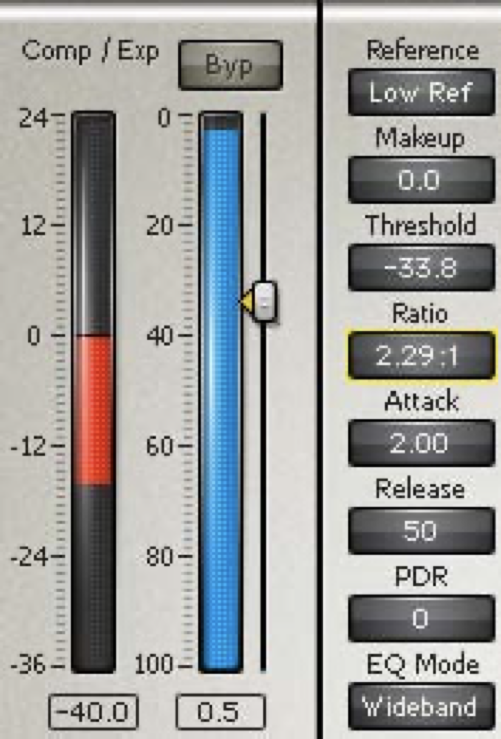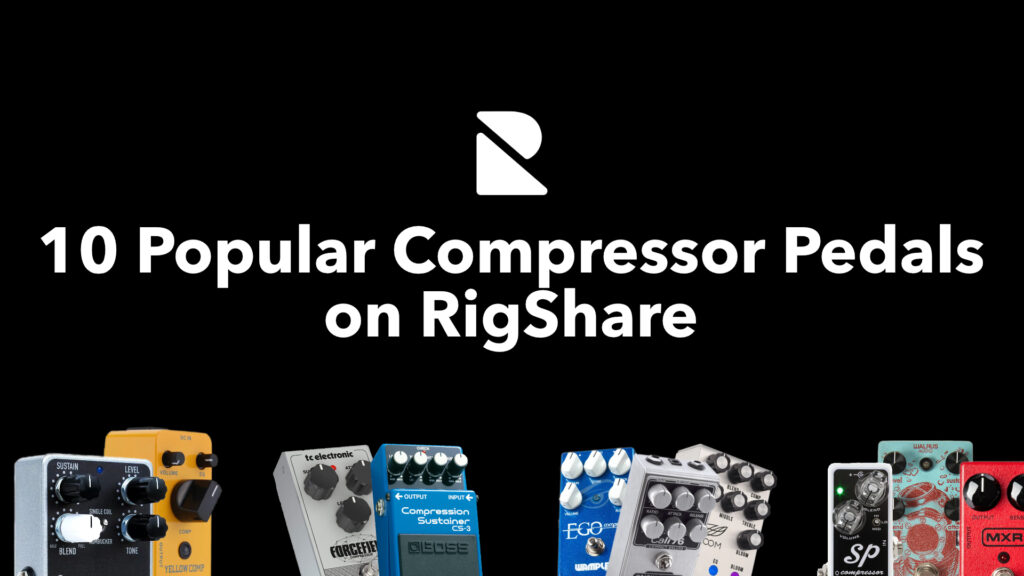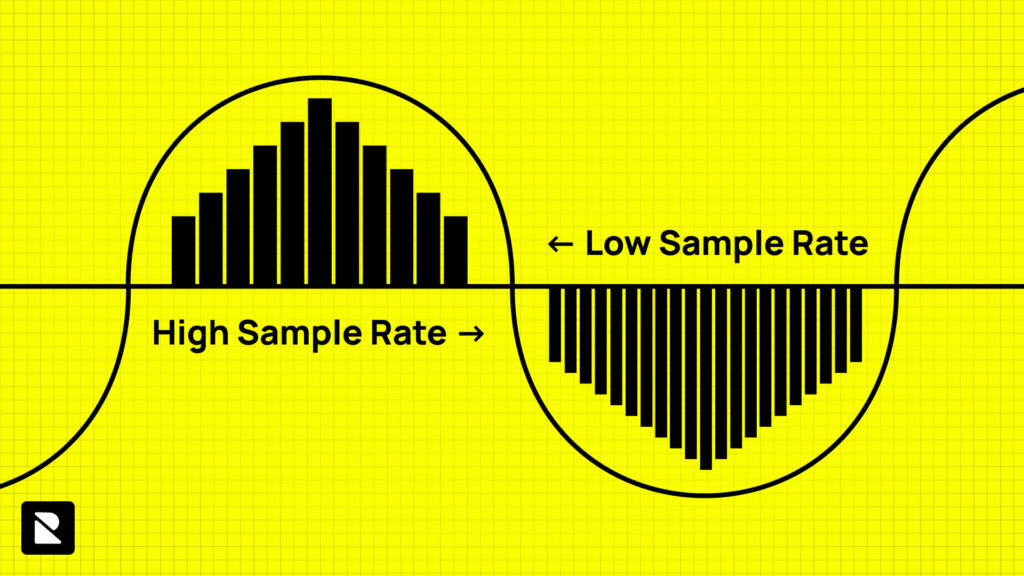Signal Compression
James Laverdure | May 27, 2020
When you want to add dynamics to your music, there are 4 common types of signal processing to consider — expansion, gating, limiting, and compression. Compression is probably the most widely used of the four when it comes to music performance and recording. Signal compression most commonly takes place in the music studio setting. This is primarily because of the advantages that compression gives to audio engineers to make the recording faster and much more effective. Nevertheless, compression is still widely used in live sound, post production, and in musician rigs as well.
Why use compression?
Before compressors, it was much more difficult to record audio at consistent gain levels. A good example of this is when recording vocal parts. Recording a dynamic vocalist without compression has its challenges. When a vocalist is tracking softer parts of a song, the audio engineer would have to record this part separately with a higher level of gain. Conversely, when the vocalist would sing more intense parts, the engineer would have to record these parts separately with a lower gain level. This would be done to avoid unwanted distortion due to the signal clipping by going over 0dB. Using a compressor, a vocal part could be recorded at a higher overall gain level and the compressor would be actively decreasing the peaks. This same concept would apply when recording instruments, like drums. Using a compressor allows a snare drum to be recorded with enough gain to capture subtle ghost notes, while reducing the hard attacks of a full rim shot. So overall, compressors have aided in the enhancement of music recording over time.
How Do Compressors Work?
The main job of a compressor is to keep the signal in a specific dynamic range. This is accomplished by manipulating a few key parameters of a compressor — Threshold, Ratio, Attack, Release, and Makeup Gain. The threshold parameter determines when the compressor will begin reducing the signal. If the Threshold is set to -6db, once the signal reaches, or goes over -6db, signal compression begins to take place. Ratio determines the amount of compression that takes place. A 1:1 ratio is basically no compression at all, whereas a 20:1 ratio is on the extreme side of signal compression. The Attack determines how fast the signal compression happens once the signal goes over the threshold, and Release determines how quickly the compression should stop once the signal comes back under the threshold.
For a visual example, let’s take a look at a digital plugin made by Waves called the C1 Compressor. This plugin is primarily a compressor plugin but also has expansion, gating, and equalization on board.

If we simply focus on the compression side of this plugin, we can see how the different parameters are laid out for adjusting how the signal will be compressed. Focusing on the image below, notice how the threshold of this compressor is currently set to -33.8db. As we can see, the incoming signal in blue indicates that the incoming signal is reaching as high as almost 0db. The meter showing red indicates the amount of gain compression taking place based on how far the incoming signal is going over the threshold in conjunction with the ratio of how much compression is set, which is 2.29:1.

The world of compression
Every compressor is going to behave differently, but the overall functionality will mostly be the same across compressors. Regardless of what kind of sound you are working with, there is always some advantage to using signal compression. Signal compression should not only be thought of as for sound reduction, because it is so much more than that. Think of compression as a way to get the absolute most out of your signal. Compression allows you to add gain to your signal to warm up the sound while controlling peaks from becoming overbearing in order to create a more enjoyable sound. Compression can be used in extreme ways as well to even create special effects like sustain, and muffling certain frequencies.
Those are just a few of the many reasons why engineers and musicians are always looking for new ways to take advantage of using signal compression. With anything, of course, there is always that point where it can be too little, or too much. So, you’ve gotta play around with it and determine what is comfortable to your ears and satisfies your tastes. Take some of the same concepts outlined above and apply them in your setting with the compressor you are using.
If you are a musician and are interested in trying some compressors, you should check out 10 Popular Compressor Pedals on RigShare.

